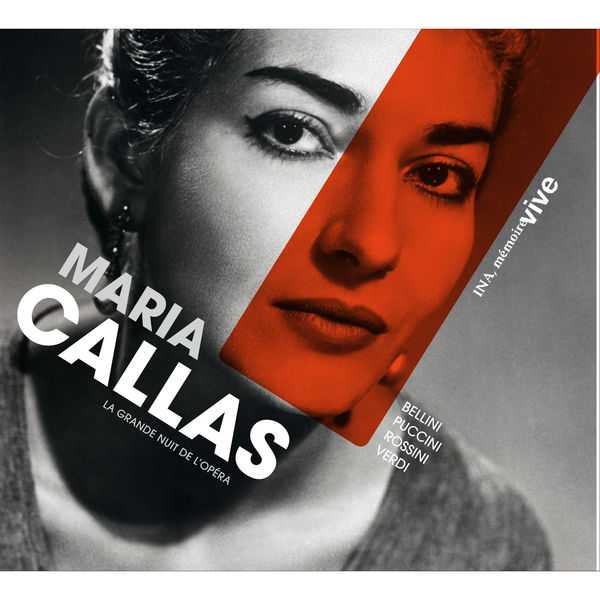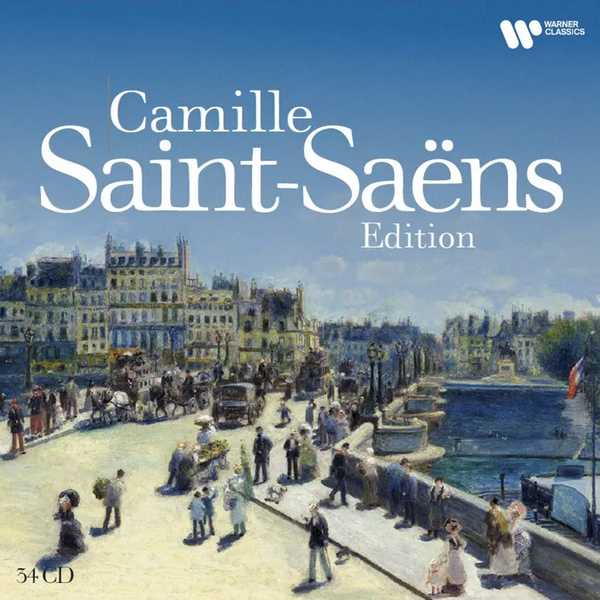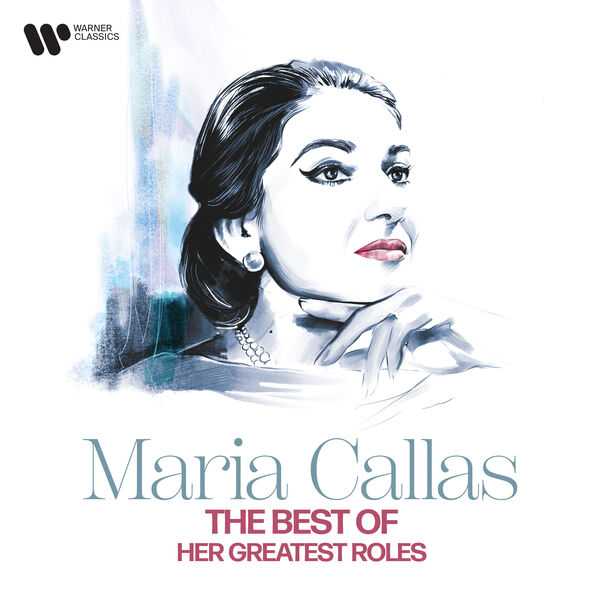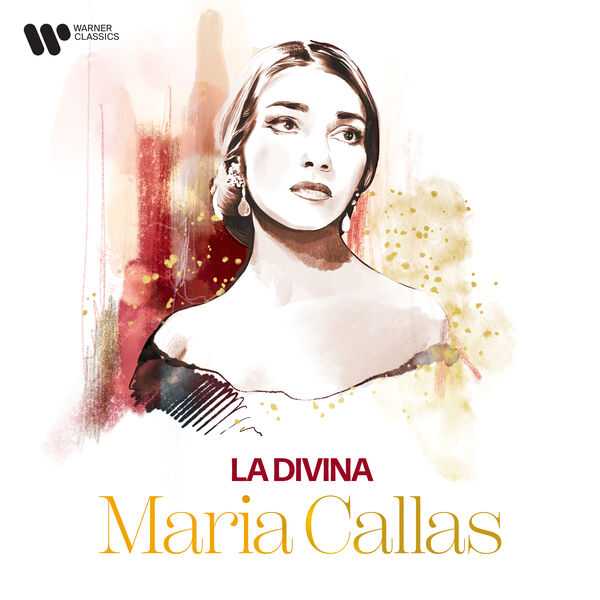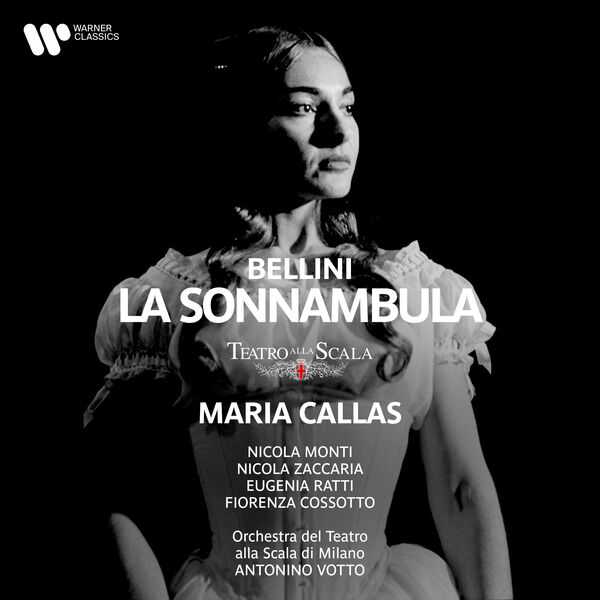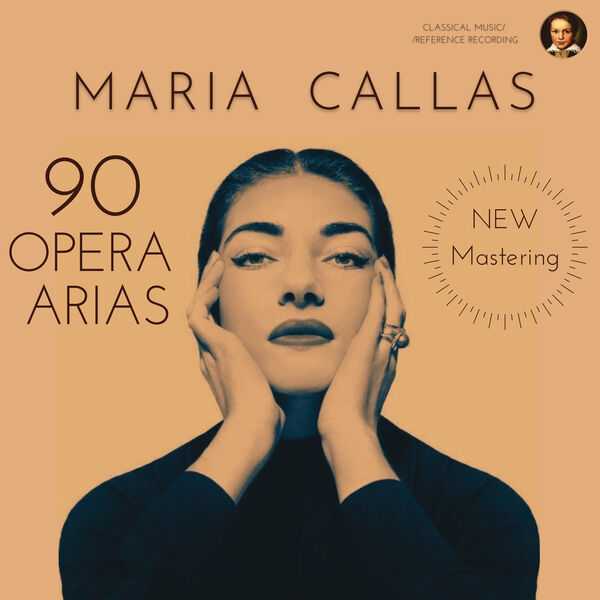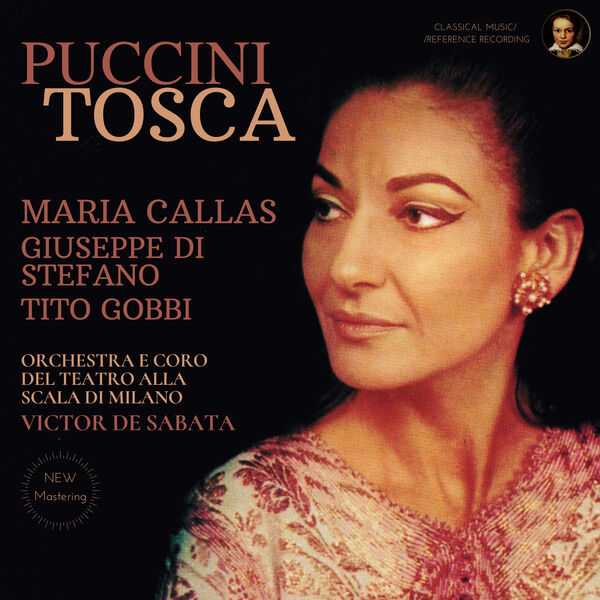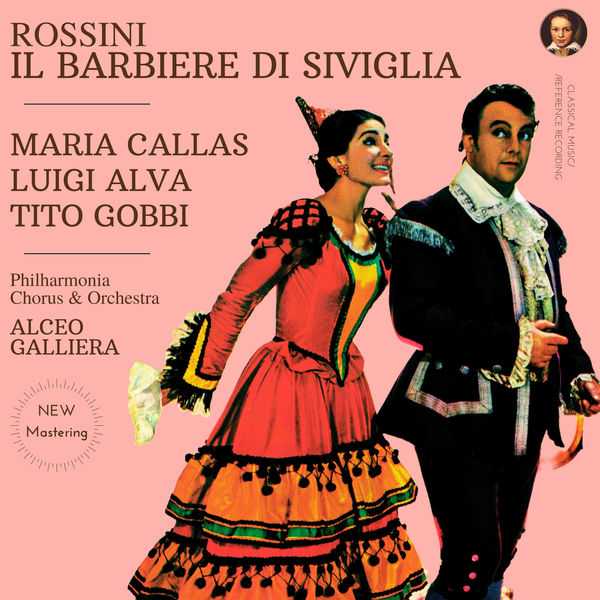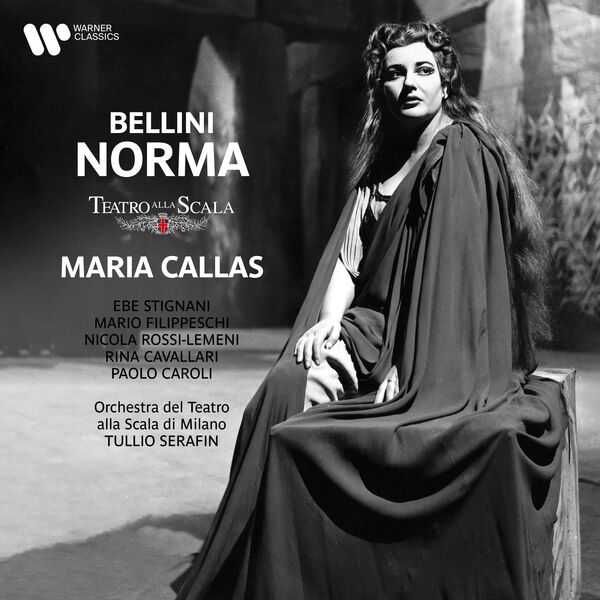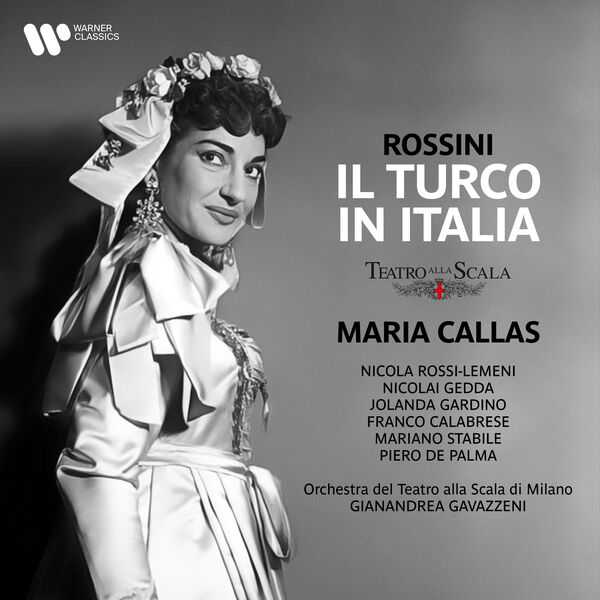Callas

The fame and legacy of Maria Callas are nearly unsurpassed in the modern history of opera. Her fame has transcended the usual boundaries of classical music, and she has been the inspiration for several movies as well as the successful Broadway play “Master Class.” Her extensive catalogue of recordings remains among the most coveted and controversial for both her fans and detractors.
Though American by birth, Callas (born Maria Anne Sofia Cecilia Kalogeropoulos) was born of Greek parents, and at age 13 her mother took her back to Greece because of financial difficulties caused by the Great Depression. She studied voice at the Royal Academy of Music in Athens with Spanish coloratura soprano Elvira de Hidalgo and made rapid progress; she soon sang Santuzza in a student production of Cavalleria rusticana. Her professional debut came at age 16 in a minor role in von Suppé’s Boccaccio.
While still in Athens during World War II, Callas sang her first Tosca in 1942. In 1945, she returned to the United States and sang several auditions, but nothing came of her visit. Her first appearance in 1947 at Verona as La Gioconda brought her to the attention of Tullio Serafin; Serafin became her musical advisor for many years, acting as her coach and conductor of many of her performances.
The entire world of opera was stunned when, in 1949 — while singing Brünnhilde in Die Walküre at Venice — she agreed to sing Elvira in Bellini’s I Puritani, alternating performances during the same week. That same year she traveled to Buenos Aires to sing Turandot and Norma. In 1950, she sang Aida at the Teatro alla Scala, but she did not become a regular member there until 1952. Summer of 1950 brought her to Mexico City where, in one month, she sang Norma, Aida, Tosca and Il trovatore. During these early years, Callas would sing nearly any role offered including Isolde, Leonore in La forza del destino, Constanza in Mozart’s Die Entführung aus dem Serail, and Elena in I vespri siciliani.
As she matured, Callas began to concentrate on a smaller core repertory, including Cherubini’s Medea, Bellini’s Norma, Puccini’s Tosca, Bellini’s La Sonnambula, and Donizetti’s Anna Bolena. Most of her other roles were heard only in one series of performances. After 1959, she rarely appeared on the opera stage, but she did sing concerts in America and Europe. Her last opera performances were in June 1965, in Paris as Norma. She came out of retirement in 1973 to tour the world with Giuseppe di Stefano in a series of recitals. Although financially rewarding, the tour did nothing to enhance her reputation. In 1971, she gave a series of masterclasses at the Juilliard School of Music in New York which were quite successful. In 1977, she died of a sudden heart attack in her Paris apartment.
Maria Callas was one of the most controversial singers of the twentieth century. She had a wide range from high E to the F below the staff, and an innate feel for the style of bel canto roles, but she was most notable for bringing a commitment and intensity to her dramatic portrayals that was nearly unprecedented at the time.
Using photorealistic video projection, Callas was brought back to the stage for a new tour in 2018. Callas in Concert features an interactive Callas on stage performing some of her most iconic recordings with a live orchestra.
